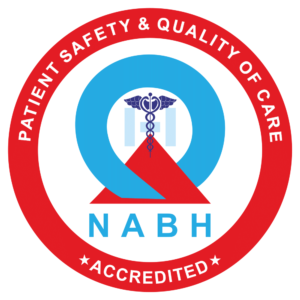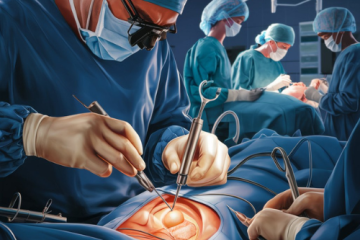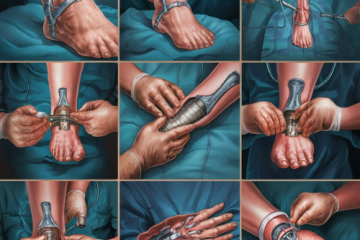What is a Hernia?
Imagine your abdomen as a muscular house for your internal organs. A hernia occurs when a weakness or tear develops in this muscular wall, allowing tissue or organs to push through the opening and create a bulge. This bulge can be painless or cause discomfort, depending on the severity.
The Culprits: Muscle Weakness and Strain
The formation of a hernia is a two-part play:
- Muscle Weakness: This weakness can be present at birth (congenital) or develop over time due to aging, previous surgeries, or certain medical conditions.
- Strain: Increased pressure on the abdominal wall can aggravate this weakness, causing a hernia to form. Common culprits include:
- Strenuous activity: Lifting heavy objects, weightlifting, or chronic coughing can put a strain on the abdominal muscles.
- Chronic constipation: Straining during bowel movements can weaken the abdominal wall.
- Pregnancy: As the baby grows, it puts pressure on the abdomen, increasing the risk of hernias.
Being overweight or obese: Excess weight adds stress to the abdominal wall.
Meet the Different Types of Hernias:
Now that we understand the basic mechanics, let’s explore the most common types of hernias:
- Inguinal Hernia: This is the champion, accounting for roughly 75% of all hernias. It occurs in the groin area, where tissue (usually intestine) bulges through a weak spot in the abdominal wall. These are more common in men due to anatomical differences.
- Femoral Hernia: A less frequent cousin of the inguinal hernia, this one occurs just below the groin in the femoral canal. It’s more common in women and can be easily mistaken for an inguinal hernia.
- Hiatal Hernia: This one takes us upwards. Here, the part of the stomach that pushes through the diaphragm (the muscle separating the chest from the abdomen) into the chest cavity. This can cause heartburn, acid reflux, and chest pain.
- Umbilical Hernia: This type appears near the belly button, especially in newborns. It’s usually small and often resolves on its own by the first birthday. However, adults can also develop umbilical hernias due to increased abdominal pressure.
- Incisional Hernia: This one develops after abdominal surgery when the incision site weakens, allowing tissue to protrude.
- Ventral Hernia: This broad term encompasses any hernia that occurs in the front abdominal wall, excluding the groin and belly button areas. They can be caused by increased pressure or weakened muscles from previous surgeries.
Signs and Symptoms:
While a noticeable bulge is a common sign of a hernia, other symptoms can vary depending on the type. It’s important to be aware of these to seek medical attention promptly:
- A bulge in the abdomen or groin that may become larger with exertion
- Pain or discomfort in the area of the bulge, especially when coughing, straining, or lifting
- A feeling of fullness or heaviness in the abdomen
- Nausea or vomiting (in some cases)
The Road to Recovery: Treatment Options
The good news is that hernias are treatable. Depending on the severity and your overall health, your doctor might recommend:
- Observation: For small, painless hernias, observation might be sufficient.
- Surgery: This is the most common treatment for symptomatic hernias. The surgeon pushes the protruding tissue back into place and repairs the weakened area in the abdominal wall. Techniques can range from open surgery to minimally invasive laparoscopic procedures.
Prevention is Key:
While not all hernias are preventable, adopting healthy lifestyle habits can significantly reduce your risk:
- Maintain a healthy weight: Excess weight puts extra strain on your abdominal wall.
- Eat a fiber-rich diet: This helps prevent constipation and straining during bowel movements.
- Practice proper lifting techniques: Use your legs to lift heavy objects, and avoid bending at the waist.
- Strengthen your core muscles: Regular exercise that targets your abdominal muscles helps improve overall strength and support.
- Don’t ignore chronic coughs or constipation: Address these underlying issues to prevent straining.
Remember, knowledge is power! By understanding different types of hernias, their causes, and the available treatment options, you can become an active participant in your healthcare journey
Conclusion: If you experience any symptoms suggestive of a hernia, don’t hesitate to consult our Expert Dr. Deepa Kulkarni (General / Laparoscopic / Hernia Surgeon & Breast Specialist ) for a proper diagnosis and treatment plan.





